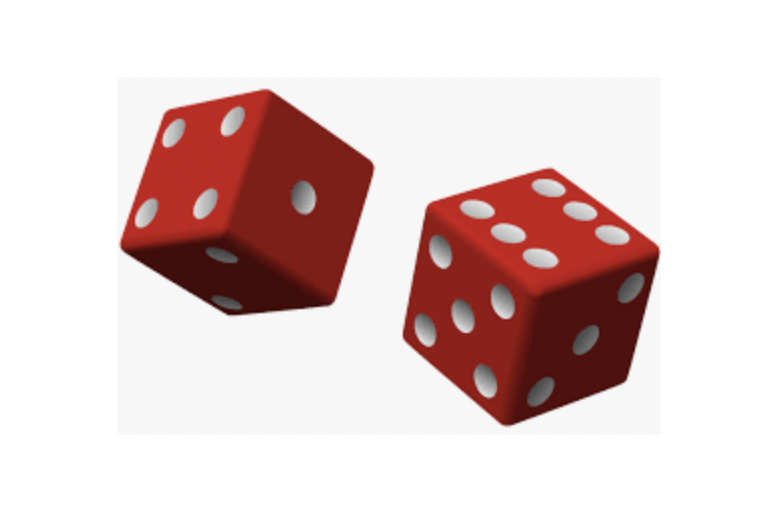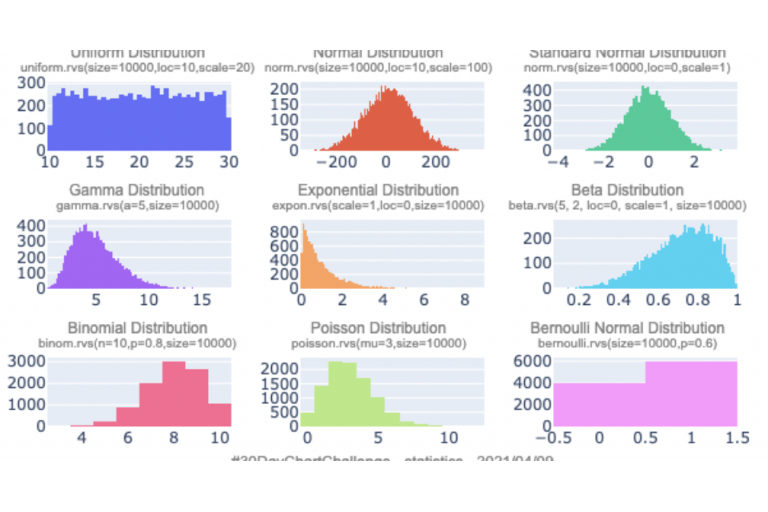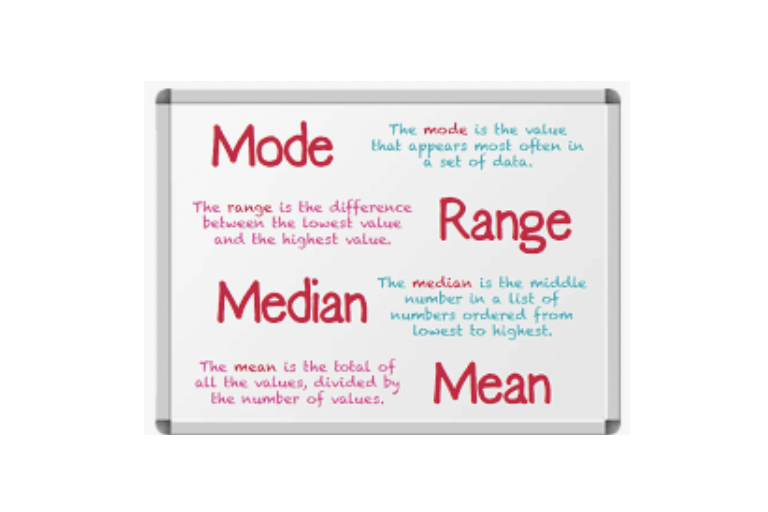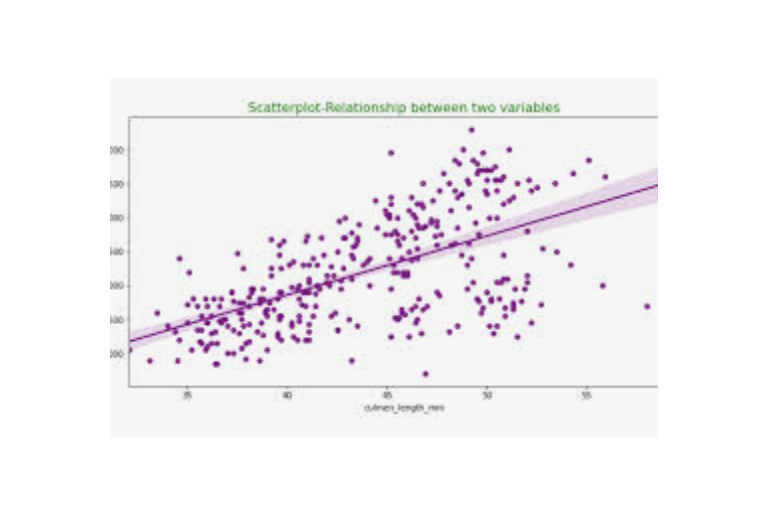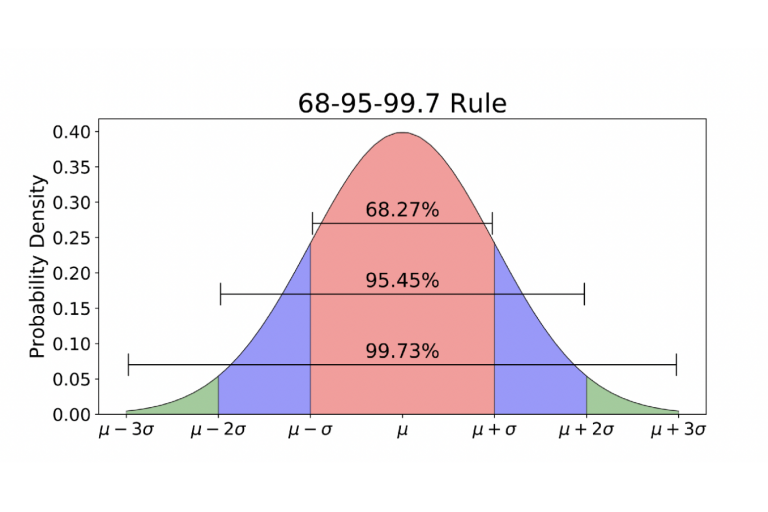GOALS: By the end of this unit you will be able to (1) Use Venn diagrams as a tool for organizing information in counting
problems.
(2) Solve problems, using techniques for counting permutations where some
objects may be alike.
(3) Solve problems, using techniques for counting combinations.
(4) Solve probability problems involving combinations of simple events,
using counting techniques.
(5) Interpret probability statements, including statements about odds, from a
variety of sources.
(6) Design and carry out simulations to estimate probabilities in situations
for which the calculation of the theoretical probabilities is difficult or
impossible.(7) Assess the validity of some simulation results by comparing them with the
theoretical probabilities, using the probability concepts developed in the
course.
(8) Represent complex tasks or issues, using diagrams.(9) Represent numerical data, using matrices, and demonstrate an
understanding of terminology and notation related to matrices.
(10) Demonstrate proficiency in matrix operations, including addition, scalar
multiplication, matrix multiplication, the calculation of row sums, and the
calculation of column sums, as necessary to solve problems, with and
without the aid of technology.
(11) Solve problems drawn from a variety of applications, using matrix
methods.


